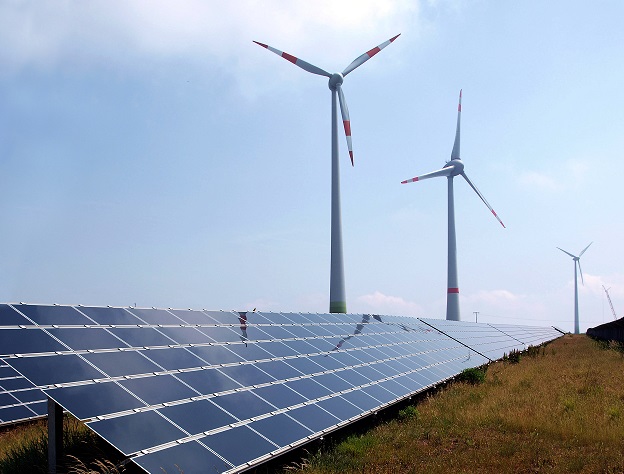
Renewable electricity generation is expected to fall in the early 2020s as gas fired power stations come online, according to updated energy and emissions projections from the Department of Business, Energy and Industrial Strategy (BEIS).
The new estimates have shown that despite an expected rise in the low carbon share of UK electricity generation to 61% in 2020 from 47% in 2015, the government’s current dash for gas model will result in a reduction.
The document isn’t clear how much of a fall will occur, or for how long, as its modelling scenario is unable to factor in for all the uncertainties posed beyond 2020, predominantly ‘state of the world’ factors such as pricing fluctuations in the energy market.
However, it does make some projections for demand based on growing evidence and historical data after usage profiles across various sectors.
The projections claim there will be just a 1% increase in total domestic demand for electricity and renewables between 2015 (29%) and 2035 (30%) with the rest to be supplied by fossil fuels.
However, the low carbon transition across the business world is set to continue, with the services sector expected to experience a growth in the share of electricity and renewables consumption, from 44% in 2015 to 58% in 2035, is the strongest of any sector.
Meanwhile the industrial sector, which accounted for almost one fifth of total energy demand in 2015, is projected to see demand supplied by electricity and renewables rise to 42% in 2035 from 37% in 2015.
The projections also touch on the deployment of battery storage, claiming just 3GWs is assumed to come onstream by 2030.
Rising emissions from homes and transport
The government’s updated projections also includes emissions estimates which show that decarbonising the transport and domestic sectors will continue to hamper the country’s progress.
Reductions in projected agricultural and industrial emissions over the 20 year period are thought to be partly offset by increased projected emissions in other sectors, particularly the domestic sector and road transport.
Road transport emissions are projected to rise by 28 MtCO2e (6%) over the fourth carbon budget period (2023 to 2027), compared to 2015 projections while domestic emissions are projected to rise by 7 MtCO2e (10%) by 2035.
BEIS has caveated the document with an explanation that it’s forecasts are far from exhaustive and that there are other sources of uncertainty not fully captured. However, it acknowledges that the claims around areas directed by government policy are less uncertain as these outcomes are easier to predict.
Despite this assertion, the failure of the government to publish its emissions reduction plan and outline how it will meet future carbon budgets has left several gaps in the document which is unable to take future policy into account.

